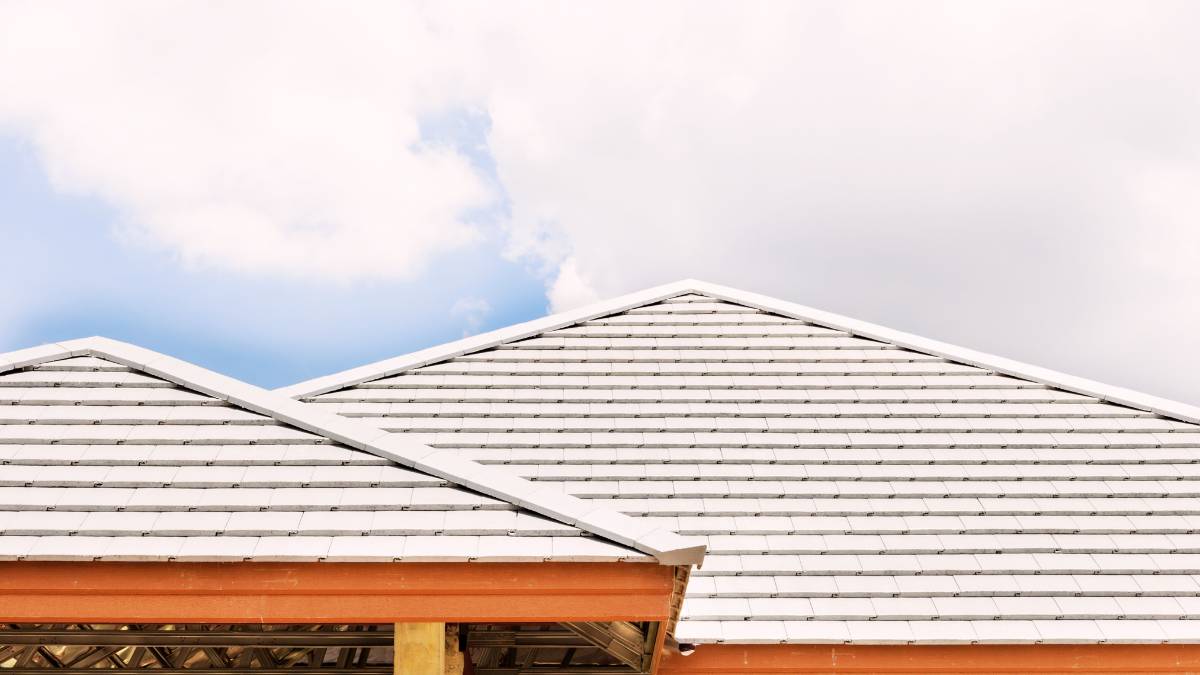Last Updated on June 5, 2024 by Kravelv Spiegel
Zinc roof strips have become a popular addition to modern roofing systems due to their unique properties and practical benefits. This in-depth article explores the material, functionality, installation process, advantages, and considerations associated with zinc roof strips.
Key Takeaways:
- Zinc roof strips inhibit moss and algae growth through the release of zinc ions.
- They offer benefits like longevity, reduced maintenance, cost-effectiveness, and environmental friendliness.
- Installation involves positioning and securing zinc strips along the roof ridge, requiring minimal maintenance.
- Considerations include initial cost, aesthetic impact, effectiveness on large roofs, and potential environmental impact.
What are Zinc Roof Strips?
Zinc roof strips are narrow bands of zinc installed along the roof, typically at the ridge line, to combat the growth of moss, algae, and lichen. Zinc, a naturally occurring element, has antimicrobial properties that inhibit the growth of these organisms when it is exposed to moisture. Over time, rainwater washes the zinc ions down the roof surface, creating an environment that is hostile to moss and algae.
The Science Behind Zinc Strips
The effectiveness of zinc roof strips hinges on the properties of zinc oxide. When zinc interacts with water and air, it forms a thin layer of zinc oxide. This layer is slowly washed down the roof by rain, creating an inhospitable surface for moss, algae, and lichen. Zinc oxide is toxic to these organisms but harmless to most other forms of life, making it an environmentally friendly solution for roof maintenance.
Benefits of Zinc Roof Strips
Longevity and Durability: Zinc is a durable metal that can last for decades without corroding, even in harsh weather conditions. This makes zinc strips a long-term solution for roof maintenance.
Maintenance Reduction: By preventing the growth of moss and algae, zinc strips significantly reduce the need for frequent roof cleanings and repairs.
Aesthetic Preservation: Moss and algae can cause discoloration and damage to roofing materials, leading to an unsightly appearance. Zinc strips help maintain the roof’s original look.
Cost-Effectiveness: Although the initial installation of zinc strips involves some expense, the reduction in maintenance costs and the extended lifespan of the roof make it a cost-effective investment over time.
Environmental Impact: Zinc strips offer a green alternative to chemical treatments that may harm the environment. The slow release of zinc ions provides ongoing protection without the need for repeated chemical applications.
Installation of Zinc Roof Strips
Installing zinc roof strips is a straightforward process, but it must be done correctly to ensure effectiveness. Here’s a step-by-step guide:
- Preparation:
- Clean the roof thoroughly to remove any existing moss, algae, or debris.
- Ensure safety by using appropriate roofing ladders and safety harnesses.
- Measure and Cut:
- Measure the length of the ridge line or areas where you plan to install the zinc strips.
- Cut the zinc strips to the required lengths, typically using metal snips.
- Positioning:
- Position the zinc strips along the ridge of the roof, under the ridge cap or shingles, with at least 2 inches of the strip exposed to rainwater.
- Securing:
- Use roofing nails or screws to secure the zinc strips in place. Ensure the nails or screws are corrosion-resistant.
- Overlap strips slightly where multiple lengths are needed to cover the entire ridge.
- Seal and Finish:
- Seal any gaps or overlaps with a suitable roofing sealant to prevent water infiltration.
- Replace any removed shingles or ridge caps, ensuring they are securely fastened.
Maintenance of Zinc Roof Strips
Although zinc roof strips require minimal maintenance, a few practices can help ensure their longevity and effectiveness:
Periodic Inspection: Inspect the strips annually for any signs of damage or displacement.
Cleaning: Occasionally clean the strips to remove any debris or buildup that might hinder the release of zinc ions.
Replacement: Zinc strips typically last 20-50 years, but they should be replaced if significant corrosion or damage occurs.
Considerations and Potential Drawbacks
While zinc roof strips offer many benefits, there are some considerations to keep in mind:
Initial Cost: The upfront cost of zinc strips and professional installation might be higher compared to temporary solutions.
Aesthetic Impact: Some homeowners may not like the appearance of zinc strips along the roof ridge.
Limited Effectiveness on Large Roofs: For very large or complex roof structures, additional treatments or multiple strips may be necessary to ensure full coverage.
Environmental Impact: Although minimal, there is some environmental impact due to the release of zinc into runoff water, which can accumulate in soil and water bodies over time.
Alternatives to Zinc Roof Strips
For those considering other options, several alternatives can achieve similar results:
Copper Strips: Like zinc, copper strips also inhibit moss and algae growth through the release of copper ions. They are effective but can be more expensive than zinc.
Chemical Treatments: Various chemical sprays and washes are available to treat moss and algae, though they often require frequent application and can be harmful to the environment.
Roof Cleaning Services: Professional roof cleaning services can remove moss and algae but do not prevent regrowth, necessitating regular maintenance.
Final Words
Zinc roof strips provide an effective, long-lasting solution for preventing moss, algae, and lichen growth on roofs. Their installation can lead to significant reductions in maintenance costs, enhance the longevity and appearance of the roof, and offer an environmentally friendly alternative to chemical treatments. While there are some considerations and initial costs, the benefits of zinc roof strips make them a valuable addition to any roofing system. Whether you’re a homeowner looking to preserve your roof or a roofing specialist seeking reliable solutions, zinc roof strips are worth considering for their proven efficacy and durability.

